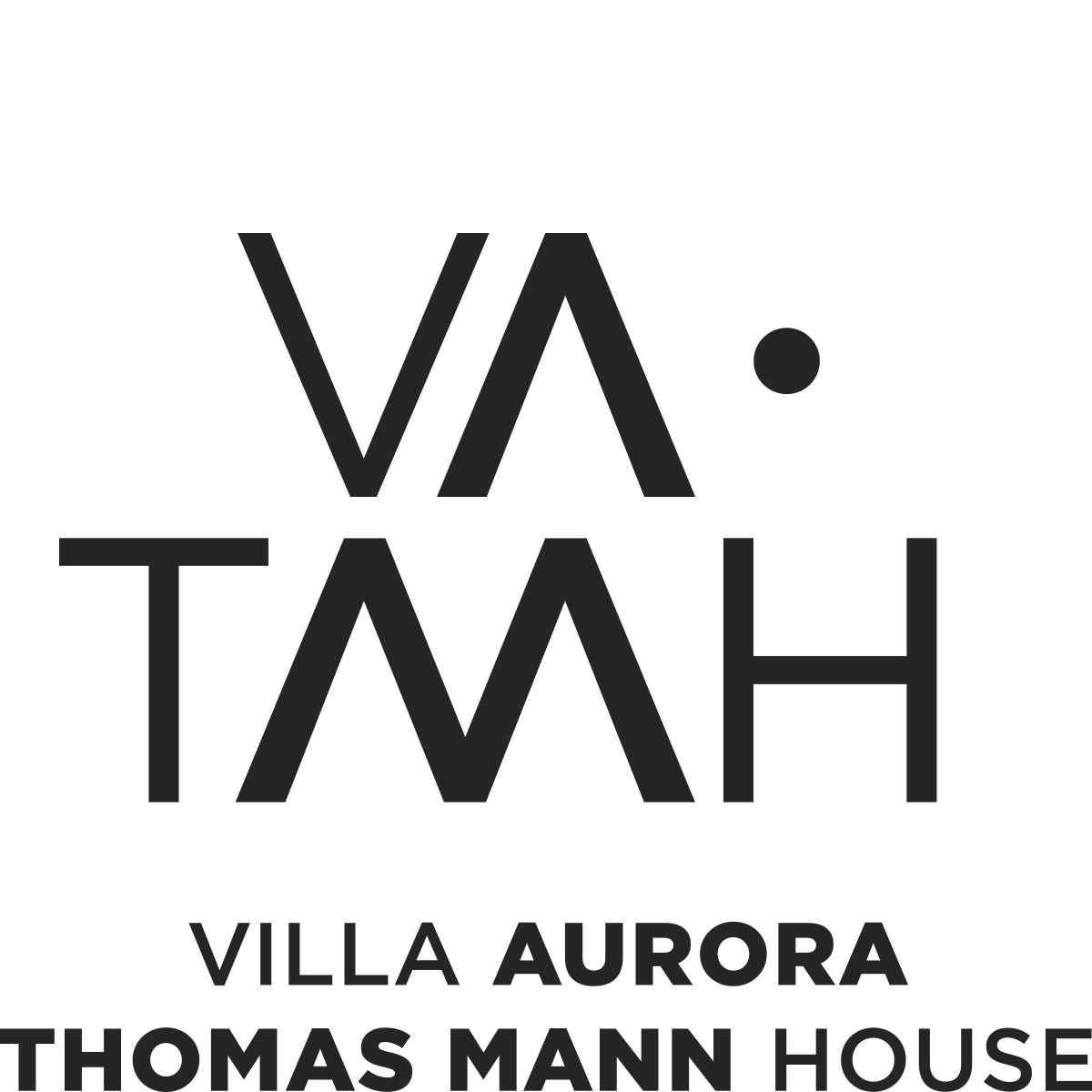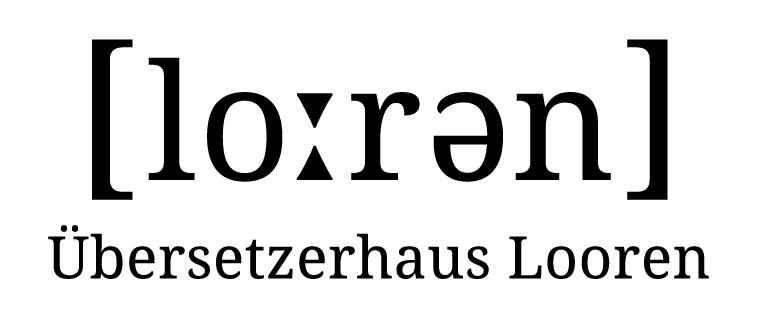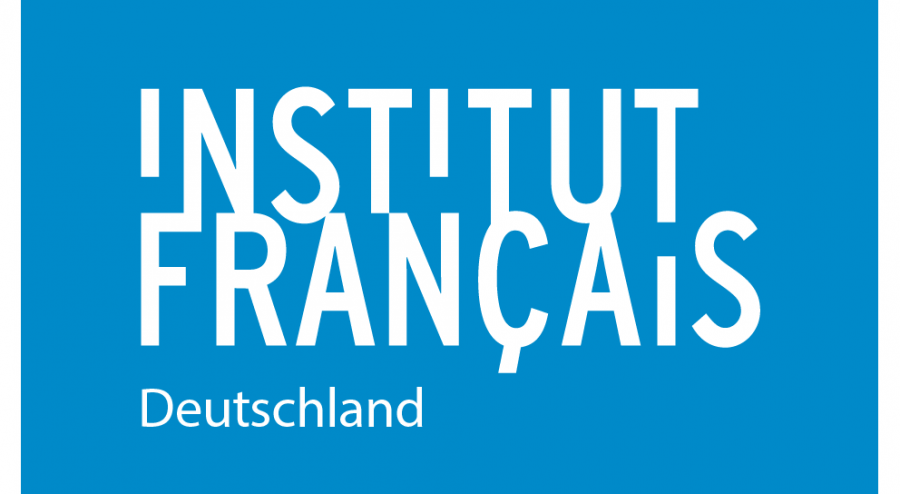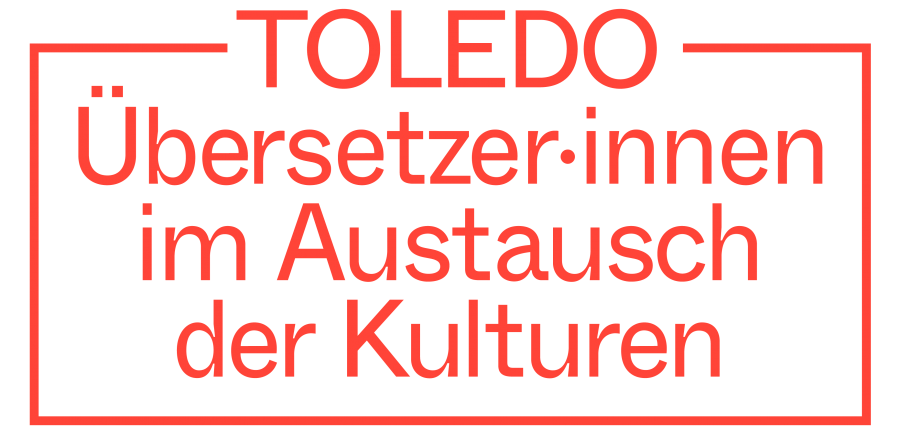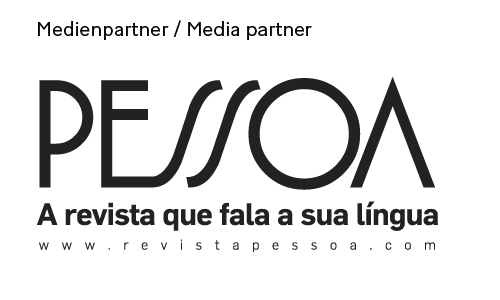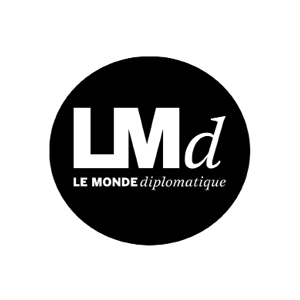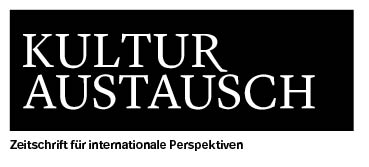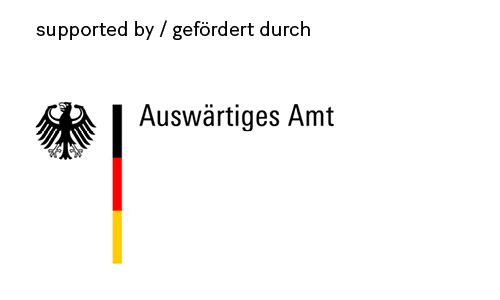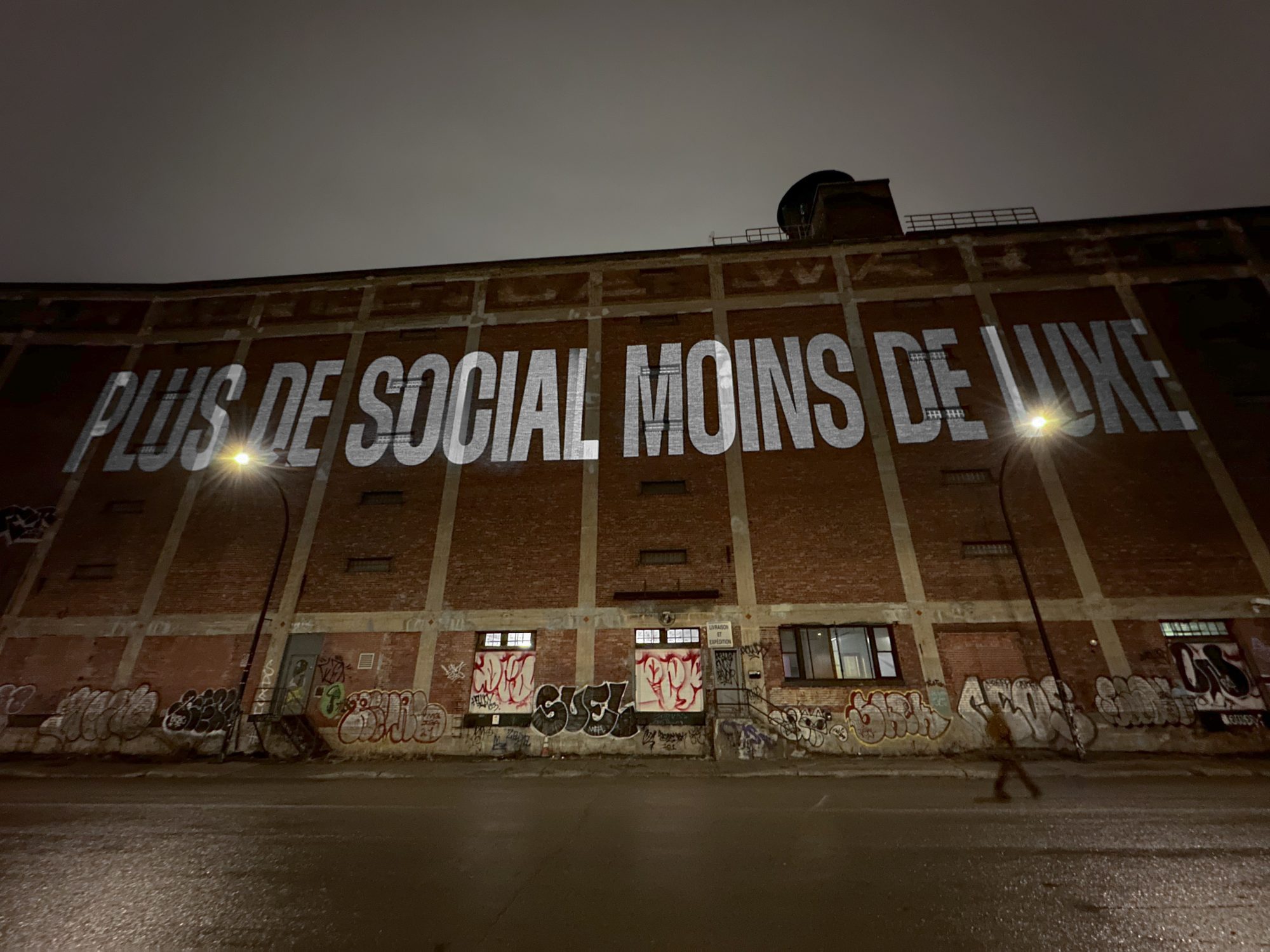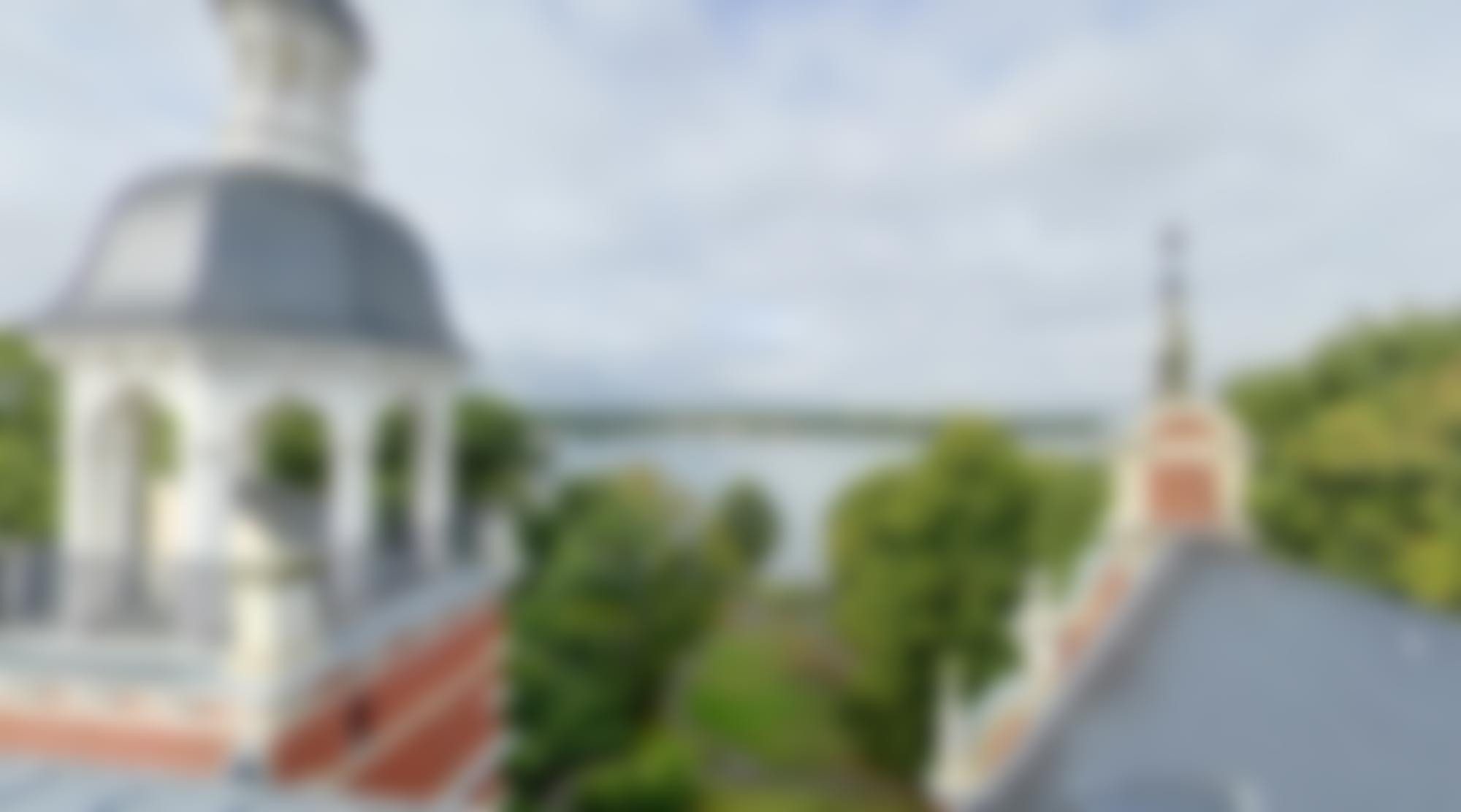Quel genre de ruine ?
Dans le Mile End, un quartier en plein cœur de Montréal où la vie palpite, où de multiples communautés palpitent, où tant de cœurs de toutes sortes palpitent, se dresse un bâtiment gigantesque aux murs aveugles en briques rouges : l’entrepôt de la rue van Horne.
On veut maintenant le convertir en un grand hôtel de luxe – youpi ?
Mais qui est « on » ? Évidement pas nous, résident·es du quartier, mais un promoteur immobilier qui croit avoir besoin de beaucoup d’argent pour vivre.
Quant à nous, quel est notre plus crucial besoin ? Posséder une propriété privée ? Exploiter les ressources et le « capital culturel » du Mile End ? Non… Ce quartier nous appartient, nul besoin de le posséder. L’appartenance n’advient jamais par la possession.
Qu’est-ce que l’appartenance ? Elle est ce lien mutuel qui nous unit à tout ce qui constitue notre environnement. Nous sommes liés à notre quartier, et lui à nous. Les touristes millionnaires et les gens d’affaire – ceux et celles qui ont tout – n’appartiennent à rien. Pas ici.
Nous serions donc liés à une bâtisse vide et inaccessible où il ne se passe rien ? Oui, de tout cœur liés. Ce vide est vide car les aliénantes besognes humaines l’ont laissé en paix. Vide est l’espace où commence toute autre chose, tout ce qui est possible.
Qu’est-ce qui est possible ? (Le champ des possibles, ainsi s’appelle le petit bois voisin de l’immeuble – à l’origine il fut terrain vague, jusqu’à ce que justement des résident·es du quartier organisent la défense de ce site contre l’étalement urbain – je nous souhaite maintenant un Entrepôt de la rue van Horne des possibles.) Ce genre de ruine est possible.
Ruine ? Les gens qui aiment le progrès invoqueront le danger de laisser l’entrepôt tomber en ruine. L’association sera faite entre ces deux notions, danger et ruine, comme si ça allait de soi. À nos yeux pourtant, cette ruine est le symbole de ce qui nous appartient : un tout petit bout de monde, un quartier, l’un des rares endroits où l’on se sente chez soi, notre maison pleine de vide possible !
Was für eine Ruine
Im Mile End, einem Viertel mitten in Montreal, wo das Leben pulsiert, wo eine diverse Gesellschaft vibriert, wo so viele verschiedene Herzen schlagen, ragen die fensterlosen Mauern eines riesigen roten Backsteingebäudes auf: die Lagerhalle der Rue van Horne.
Sie soll jetzt in ein Luxushotel umgewandelt werden – juppi?
Sagt wer? Natürlich nicht wir, die Bewohner*innen des Viertels, sondern ein Bauunternehmer, der glaubt, er bräuchte zum Leben ganz viel Geld.
Und was ist mit uns, was ist unser dringendstes Bedürfnis? Ein Eigenheim besitzen? Profit schlagen aus dem „kulturellen Kapital“ und den Ressourcen des Mile End? Nein… das Viertel gehört uns, wir brauchen es gar nicht zu besitzen. Zugehörigkeit entsteht nie durch Besitz.
Was ist Zugehörigkeit? Sie ist das, was uns mit allem, das unsere Umgebung ausmacht, verbindet und umgekehrt. Wir gehören zu unserem Viertel, und es gehört zu uns. Geschäftsleute und millionenschwere Touristen – diejenigen, die alles haben – gehören nirgendwo dazu. Nicht hier.
Heißt das also, wir sind mit einem leeren, unzugänglichen Kasten verbunden, in dem überhaupt nichts passiert? Ja, von ganzem Herzen. Diese Leere ist deshalb leer, weil die entfremdende Geschäftigkeit der Menschen sie in Ruhe gelassen hat. Leere ist der Raum, wo alles Andere, alles Mögliche beginnt.
Was ist möglich? (Das Feld des Möglichen, so heißt das Wäldchen neben dem Gebäude – ursprünglich war es eine Brache, bis Bewohner*innen des Viertels die Fläche gegen die drohende Zersiedelung verteidigten – jetzt wünsche ich uns eine Rue van Horne Lagerhalle des Möglichen.) So eine Ruine ist möglich.
Ruine, Ruin? Fortschrittsliebende werden davor warnen, das Lager zur Ruine verfallen zu lassen. Es wird von Gefahr und Ruin die Rede sein, als gehöre das alles natürlich zusammen. Dabei ist diese Ruine aus unserer Sicht ein Symbol für das, was uns gehört: ein kleines Stückchen Welt, ein Viertel, einer der wenigen Orten, wo man sich zuhause fühlt, unser Zuhause voller möglicher Leere.
Übersetzung: Sula Textor
What kind of ruin?
In Mile End, a neighbourhood in the heart of Montréal that is pulsing with life, pulsing with numerous communities, pulsing with the beating of hearts of all sorts, a gigantic building rears up its blind walls of red brick – the warehouse on the rue van Horne.
Now they want to turn it into a huge luxury hotel… yay?
But who are “they”? Obviously not us, the people who live in the neighbourhood, but some real estate developers who think they have to make piles of cash in order to go on living.
As for us, what do we need most? To possess our bit of private property? Exploit Mile End’s resources and “cultural capital”? No—this neighbourhood belongs to us, we don’t need to possess it. Possession never leads to belonging.
What does it mean to belong? We belong through the mutual bonds that unite us with everything that makes up our environment. We form bonds with our neighbourhood and our neighbourhood is bound up with us. The millionaire tourists and the “entrepreneurs” – those who have everything – don’t belong to anything. Not here.
So does that mean we’ll be bound to an empty, inaccessible building, where nothing happens? Yes, with all our heart. This emptiness is empty because all the alienated human toil has left it in peace. Empty is the space where everything else begins, everything that is possible.
What is possible? (The Field of Possibilities is what the woods right next to the building are called—to begin with, it was a vacant lot, until the aforementioned people from the neighbourhood organised to defend the site against encroaching urban sprawl—what I wish for us now is a Warehouse on the rue van Horne of Possibilities.) This kind of ruin is possible.
Ruin? The people who are enamoured of progress will bring up the danger of letting the warehouse fall into ruin. They’ll try to construct an association between these two terms, danger and ruin, as if that went without saying. In our eyes though, this ruin is the symbol of what belongs to us: a little corner of the world, a neighbourhood, one of the rare places where we can feel at home—our house, plenty of possible emptiness!
Translation: Sam Langer
Teilen

